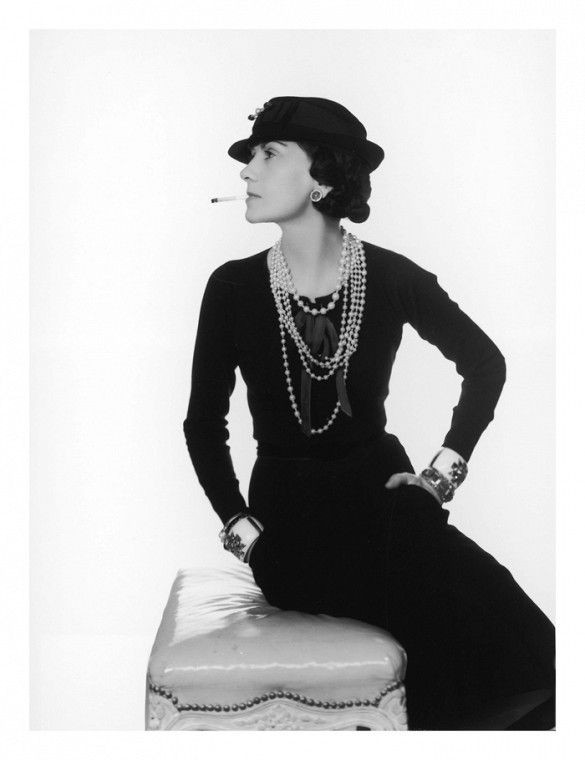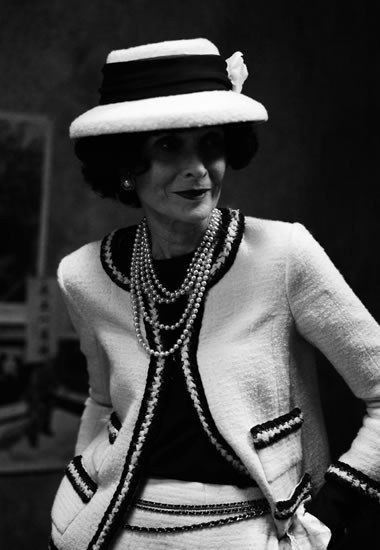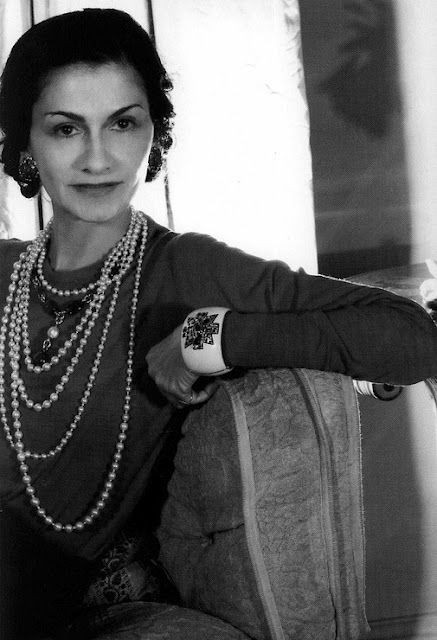Coco Chanel, one of the most revered and revolutionary fashion designers of the 20th century, left an indelible mark on the industry. With a career spanning over six decades, Chanel’s influence on fashion is still palpable today. Her pioneering spirit, innovative designs, and empowering philosophy have made her a legend in her own right.
Born Gabrielle Bonheur Chanel in 1883, Coco Chanel rose from humble beginnings to become a fashion icon, shattering conventions and redefining femininity. Her eponymous fashion house, founded in 1910, became a symbol of modernity, liberation, and sophistication.
Chanel’s designs were not just mere clothes; they were a reflection of her philosophy of freedom, simplicity, and comfort. She rejected the corseted, over-ornamented styles of the past, instead opting for clean lines, minimal ornamentation, and a more masculine, androgynous approach to fashion.

Through her designs, Chanel aimed to empower women, encouraging them to embrace their independence, reject societal norms, and adopt a more modern, streamlined look. Her influence extended beyond fashion, inspiring women to cut their hair, wear makeup, and embrace a more masculine, androgynous style.
As we delve into the history of Coco Chanel, we’ll explore her early life, her rise to fame, her iconic designs, and her enduring legacy in the fashion world.
Early Life and Career:
Chanel’s early life was marked by hardship and tragedy. After her mother’s death, she was sent to an orphanage, where she learned to sew and develop her passion for fashion. She moved to moulin at age 18, worked as a seamstress and also worked as a cafe singer.
In 1908, she opened her first hat shop, Chanel Modes, in Paris.
In 1913, she opened a boutique in Deauville with support from her lover Arthur Capel.
Her designs quickly gained popularity, and she expanded her business to include clothing.

The Birth of the Little Black Dress:
In the 1920s, Chanel introduced the Little Black Dress, a simple yet elegant design that became a staple in every woman’s wardrobe. This iconic design was a testament to Chanel’s belief in the power of simplicity and practicality.

The Chanel Suit:
Chanel’s next innovation was the Chanel suit, a tailored, collarless jacket with a fitted skirt. This design liberated women from the constraints of corsets and frilly dresses, offering a more masculine, androgynous look.

No. 5 Perfume:
In 1921, Chanel launched her iconic perfume, Chanel No. 5. This scent became a symbol of sophistication and glamour, cementing Chanel’s status as a fashion legend.

The Interwar Years:
During the interwar period, Chanel’s designs continued to evolve, reflecting the era’s modernity and freedom. Her use of jersey fabric, previously reserved for men’s underwear, revolutionized fashion and made her designs more accessible to the masses.
World War II and Later Life:
During World War II, Chanel’s designs took on a more somber tone, reflecting the austerity of the times. After the war, she reopened her fashion house and continued to innovate, introducing the Chanel suit’s successor, the “New Look” collection.
Legacy:
Coco Chanel’s impact on fashion is immeasurable. She empowered women to embrace their independence, reject frilly, over-the-top designs, and adopt a more modern, streamlined look. Her iconic designs continue to inspire fashion designers and enthusiasts worldwide.

Conclusion
Coco Chanel’s history is a testament to her innovative spirit, perseverance, and dedication to fashion. Her iconic designs have stood the test of time, and her legacy continues to shape the fashion industry. As Chanel once said, “A girl should be two things: who and what she wants. The rest doesn’t matter.”









